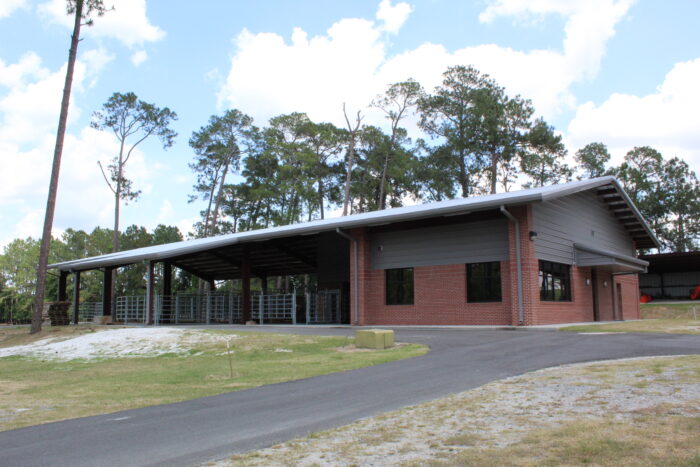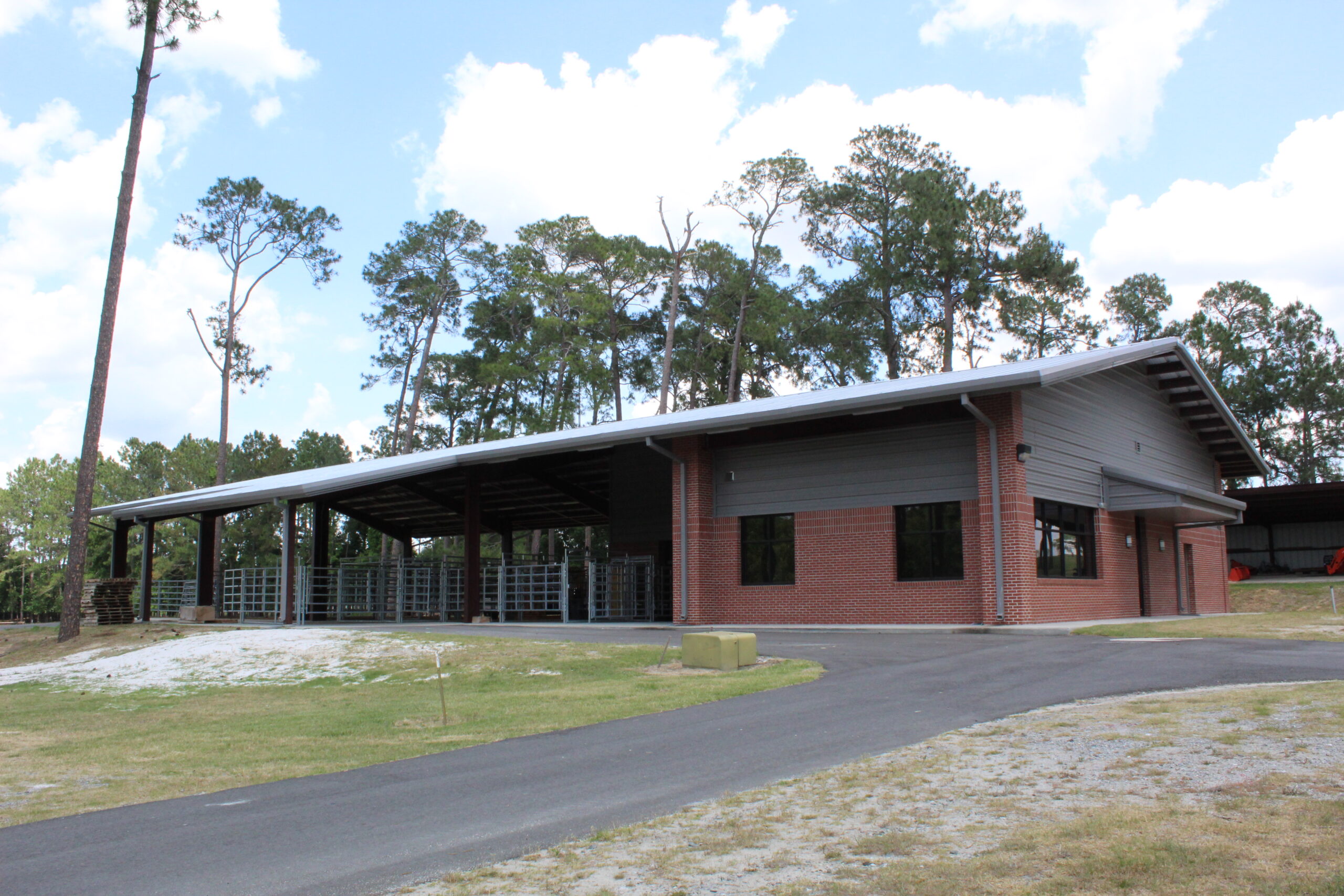According to a 2023 report from Johns Hopkins University, large animal veterinarians account for just two percent of working veterinarians in the United States. Their numbers have declined by 90 percent since World War II, the report says.
This shortage has implications not only for animal health but human health as well. In addition to providing medical care and surgical services on farms and ranches, large animal specialists are a first line of defense in efforts to prevent, detect and contain the spread of zoonotic disease such as avian influenza and Covid.
The University of Georgia College of Veterinary Medicine is working on several fronts to cure the shortage of large animal providers as part of its rural engagement initiatives. “We’ve heard the concerns of our large animal producers and anything that’s important to them is important to us,” said Dr. Lisa K. Nolan, dean of the college. “We’ve been working hard to provide them with access to the care they need.”
Discussions with producers in the field have led to upgrades in public-facing facilities such as the large animal haul-in facility at the Tifton Veterinary Diagnostic and Investigational Laboratory, built with the support of the Georgia General Assembly. This allows producers in South Georgia to bring their animals to the large animal faculty for care.
A study committee within the college is also working to identify veterinary deserts in Georgia, areas with the least access to specialized veterinary care and the highest number of animals in need of care. The committee – composed of faculty, staff and administrative personnel – is polling UGA Cooperative Extension Service agents in every Georgia county for input that will guide the college’s efforts to address the provider shortage.

The livestock haul-in facility located at the Tifton Veterinary Diagnostic and Investigational Laboratory provides for more efficient provisions of veterinary health services to rural Georgia cattle owners and expands the training opportunities for veterinary students in rural practice. (UGA CVM)
Toward that end, the college has increased its enrollment from 114 students to 150 per class and focused recruitment efforts on gaining more rural applicants. “The best predictor of where someone will practice is where they come from. Not all rural students will go back to rural areas, but a large portion of them do,” Nolan said. The first class of 150 enrolled during the Covid pandemic and will graduate in 2025.
The college doubled the number of food animal slots offered to graduates of the UGA College of Agricultural and Environmental Sciences through a streamlined application program and is connecting students with rural veterinary practices through the Archway Program that pairs communities in need with university resources. A mentorship program organized by the college’s young alumni board is also pairing veteran practitioners with recent graduates to help them gain confidence in their new careers.
Ensuring that young veterinarians can afford to stay in rural practice is the goal of efforts to rewrite the Georgia Veterinary Education Loan Repayment Program to offer greater benefits to students specializing in large animal care. The program makes payments of up to $20,000 per year on the outstanding loan debt of veterinarians who practice in rural areas defined by the Georgia Student Finance Authority. The college is working with the Georgia Veterinary Medical Association to advocate for changes in the program that offer greater financial benefit to recipients. Small animal or general practice veterinarians in urban areas graduate to starting salaries north of $100,000, whereas rural veterinarians earn considerably less.
The Tifton Veterinary Diagnostic and Investigational Laboratory offers several outreach programs for students in South Georgia to learn about careers in veterinary medicine and animal agriculture. This includes a series of workshops throughout the year for undergraduate students to spend a day at the lab, and events for South Georgia 4-H middle and high school students to see the TVDIL and how it supports agriculture. There are students enrolled at CVM today who previously participated in these events.
In what Nolan calls an “all hands on deck” effort, food animal veterinarians on the faculty not only focus on educating future large animal veterinarians, they also travel the state meeting with producers and providing continuing education opportunities to fill the gaps in service.
